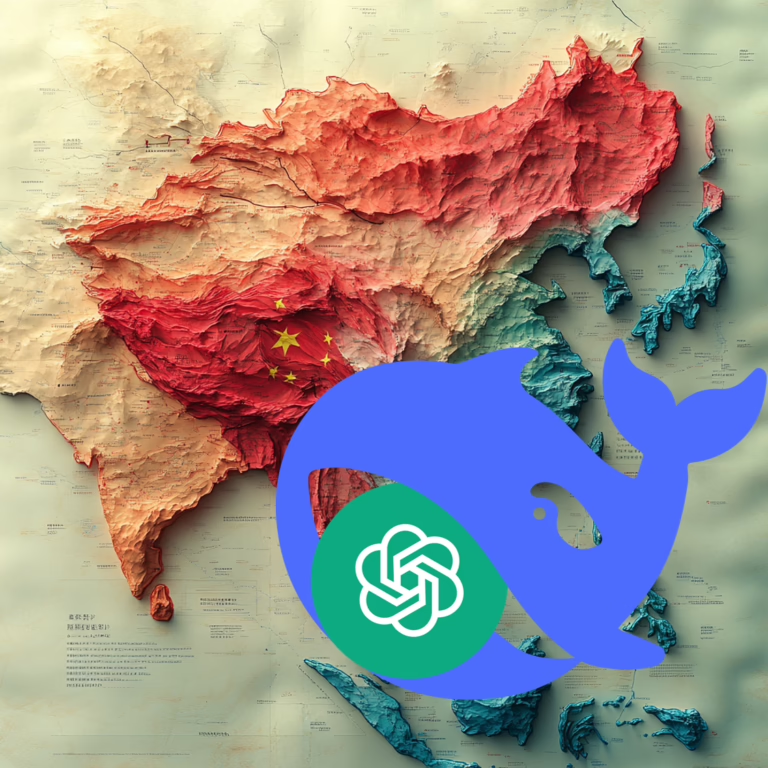From the Lotus Effect to Systematic Innovation: How Nature and TRIZ Revolutionize Problem Solving
An in-depth analysis of how the observation of nature and the TRIZ methodology converge to create innovative solutions in business processes. Introduction: When a Leaf Teaches Innovation In an Asian lake, a leaf of the Nelumbo nucifera rises immaculate from stagnant waters. A droplet of water slides across its surface, collecting every impurity and leaving…










